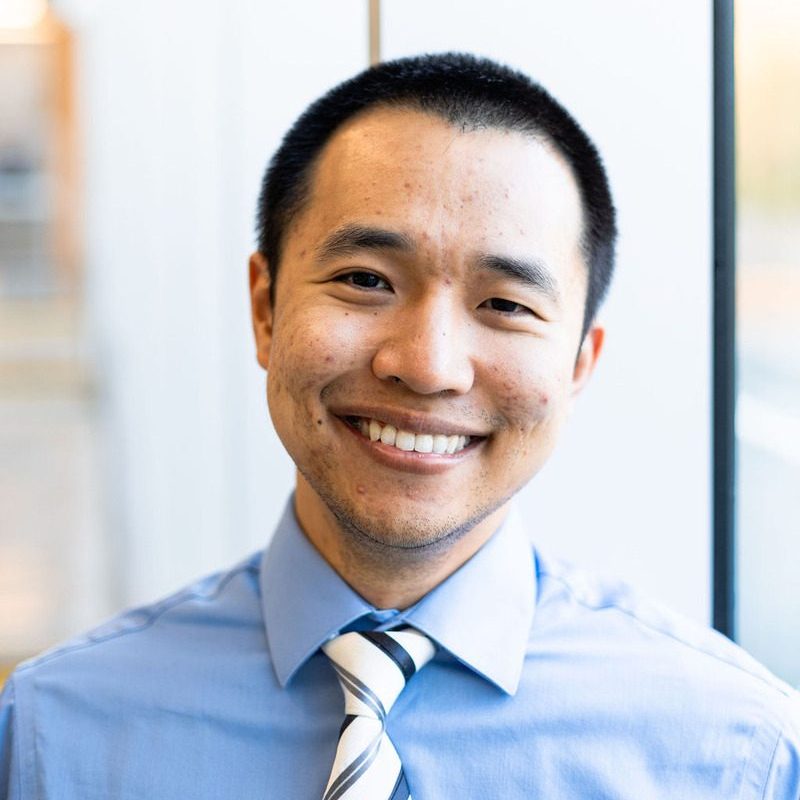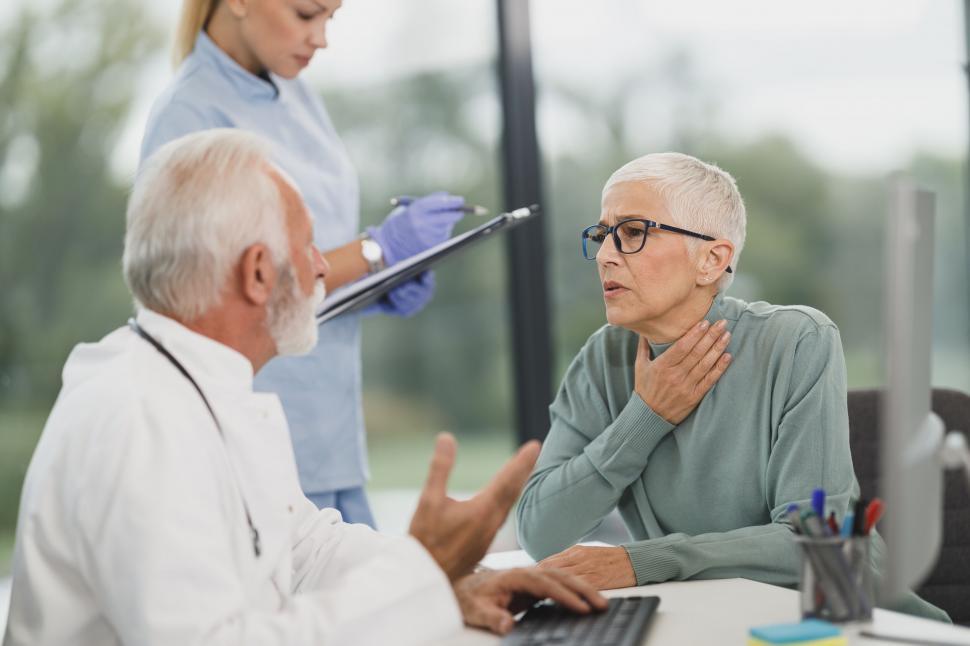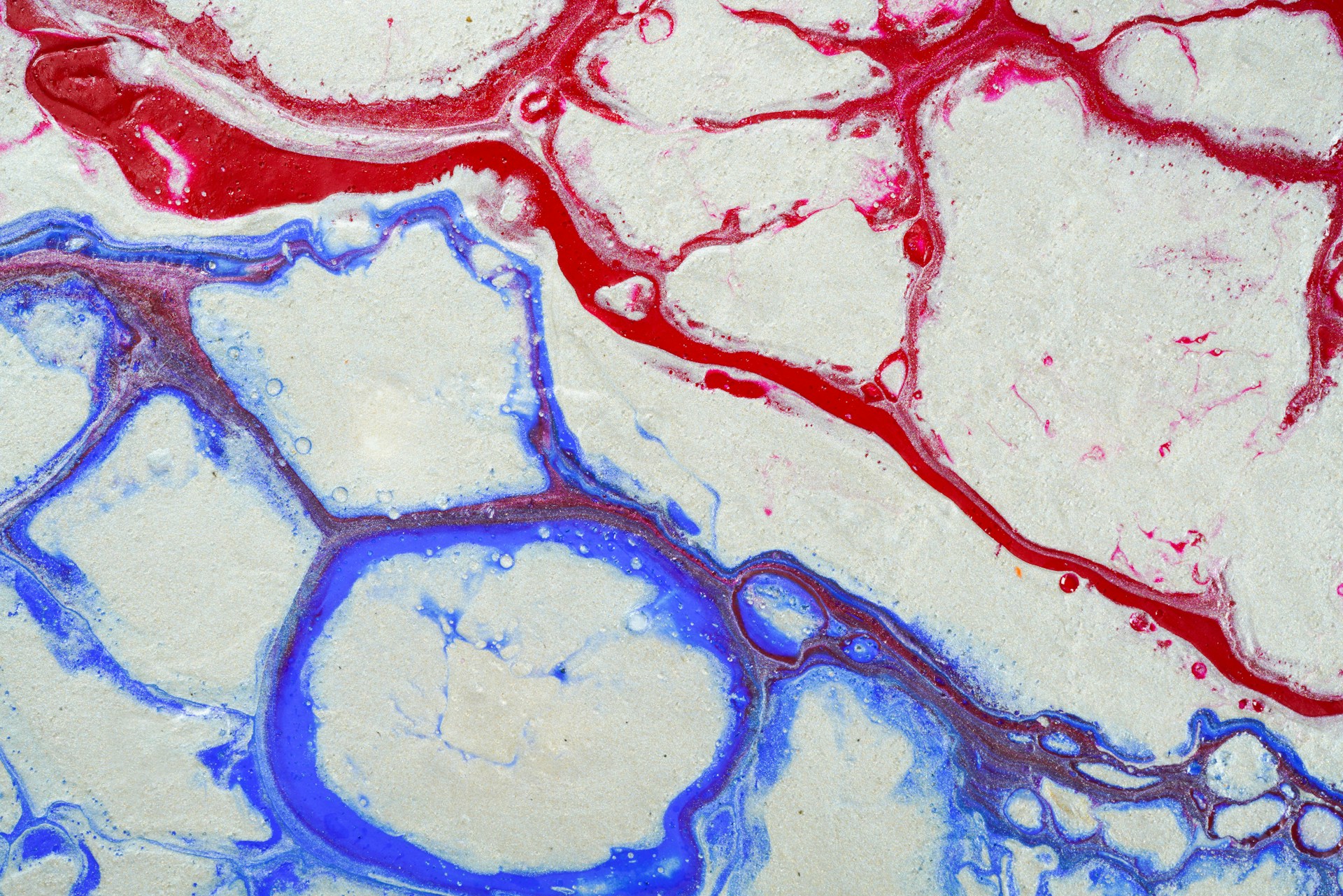Disease is a lived reality for millions worldwide. The human experience of disease is as complicated as the diseases themselves; even the most intricate medical terminology and in-depth diagnoses cannot capture the full breadth of one’s experience with disease. Allowing any gaps in the understanding of patients’ experiences to persist can be detrimental to clinical practice.
Misdiagnoses, ineffective interventions, and even patient abuse are real and scary consequences of losing the patient perspective, which has left communities vulnerable to severe medical emergencies in the past. Bridging this gap is crucial to helping patients heal and flourish. Amid these efforts, empathy has proven to be a key catalyst to amplifying patient voices in medical care within the past few years.
But hearing a patient’s voice is not simply a matter of collecting patients’ and caregivers’ opinions on the care done to them. It’s about transforming care with them by empowering them to tell their stories in their own words. Patient voice is also more than just a buzzword. It’s a mosaic of efforts by those driven by lived experiences weaved together to make lives worth living for everyone. Lastly, it’s not just patients, but caregivers, practitioners, and patient-practitioners that also participate in integrating patient voices into their life’s work.
Patient advocate Ella Balasa’s medical journey is a testament to the transformative power of advocating for patients on a personal and collective level. After living with the “invisible illness” of cystic fibrosis (CF) for 30 years and facing antibiotic resistance, Ella embarked on a life-long advocacy journey. As a consultant, Ella speaks with biotech companies, clinicians, and other stakeholders on accounting for a patient’s lived experience in clinical care. From suggesting protocol changes to gathering patients for clinical trials, Ella’s efforts have helped the biomedical and clinical communities treat antimicrobial resistance (AMR) with the seriousness required to keep patients safe and ensure their well-being.
As a Media Partner of World AMR Congress 2024, GenoWrite was honoured to sit with Ella, who shared a story powered by vulnerability and seasoned expertise in advance of her two upcoming panels: “Patient-centric approaches in the AMR drug pipeline” and “Global champions for AMR: Shaping narratives and influencing policy with the first taskforce of AMR survivors.” Read on to learn more about Ella’s experiences with CF and how they shaped her advocacy efforts.
The Interview
Personal Journey
SK: Let’s start with your personal journey. Please tell us your story about how you came to advocate for patients full time. How did your own journey as a scientist and as a cystic fibrosis patient inform your advocacy efforts and sharpen your focus?
EB: I began my life with cystic fibrosis (CF), a genetic disease that progressively destroys my lungs and makes it harder to breathe. Even though I graduated from college, I struggled a lot with my health. I went to the hospital frequently, took lots of intravenous antibiotics, and felt my general health dwindling. Taking care of my health only got harder when I worked in the lab. I spent hours testing DNA extracts with PCR when I also had breathing treatments to do every few hours.
Over time, I began realizing that I had a unique perspective in medical care. I understood CF research well and lived with CF to boot. Armed with those lived experiences, I realized I could bridge the gap between patient communities and the research and healthcare industries. So, I began by foraying into patient advocacy volunteering with the Cystic Fibrosis Foundation where I would conduct clinical trial protocol reviews, host research conferences, and raise awareness of the life-changing research being done for and to CF patients. With another CF organization, I wrote patient-facing materials on new research and partnered with biotech companies who were enrolling patients for clinical trials to share their research as well. Additionally, I was taking experimental phage therapies to manage and treat my lung infections and writing blogs about my experiences with it. My growing acumen for patient advocacy culminated into me becoming a research consultant to help biotech companies develop treatments that work best for patients and advocate for patients to receive the best care possible.
SK: Now that you’ve transitioned from the lab to advocacy, what does your day-to-day look like?
EB: These days, I consult with companies working in the pharma and biotech sectors. I share the patient’s story and their lived experiences to inform and inspire my client’s work. Our consultations aim to help companies understand the barriers and burdens patients face in obtaining optimal care and treatments. This includes work in the clinical trial space and efforts that ensure broader patient understanding, especially for rare diseases like cystic fibrosis.
I’m also on several advisory boards, where I review materials such as plain language summaries to ensure they’re understandable for a patient or lay audience. Additionally, I create content like articles and videos, and I travel to speak at conferences to network with people of diverse backgrounds and help them connect with each other.
Over time, I’ve become a strong networker and communicator, connecting startups, pharma companies, and advocacy organizations particularly in areas I’m passionate about, like rare diseases and AMR. I often help facilitate connections between companies and individuals, which tends to come full circle in my work.
SK: It’s interesting how you advocate for both channels in research – of advocating for better research protocols and approach to patient groups as participants, as well as inviting more patients to contribute to research and advance the knowledge base. What are some changes that you think we should see more of in the clinical research space, especially as it pertains to patients with CF or AMR infections?
EB: I’ve done a lot of protocol reviews for the CF community, which are documents that define health problems, examine intervention methods, and summarize the interventions’ benefits and harms to patients in depth. Protocol reviews are essential for companies to consider the challenges patients face when it comes to trial participation.
Reviews might discuss patient concerns like having to attend a clinical trial site for several days in a row. For example, in-person visits might require eight hours of monitoring after the first dose with hourly blood draws. Instead of having draining in-person meetings, we need to think about incorporating optionality into trial protocols, using telehealth, remote monitoring, and home health visits to ease the burden. Support systems, like childcare for those who have to spend long hours at clinic appointments, are also crucial considerations. As patients with CF begin to regain health, issues like these become even more relevant.
There are also challenges in diagnosing infections, especially since most current diagnostic methods, like the plate method, are traditional and slow. As technology advances, it’s important to develop novel diagnostic methods, such as breath analysis, which could identify bacteria based on volatile organic compounds (VOCs). While research is ongoing, progress can seem slow from a patient perspective since these innovations are still in the discovery phase and not yet widely available.
Access to expanded trials is another area of concern. Many patients don’t have the opportunity to try experimental treatments like phage therapy, which is still in its early stages. In rare diseases like CF, the small patient population makes access to clinical trials challenging. Expanding inclusion and exclusion criteria to accommodate the small subset of patients in need, even if they’re not part of the placebo-controlled group, can help them benefit from still-developing treatments. Sometimes, participants in studies may continue on the drug during the approval process, but participants who are excluded won’t have access until it’s fully approved.
The issue of patient access to clinical trials is personal for me. I was ineligible for a CF drug trial a few years ago because of having lung function that is below the inclusion criteria limit. I couldn’t access the drug until it was approved years later, which is a devastating situation for rare disease patients who may not have other treatment options. Many patients have unfortunately been lost during that time, and that could be avoided with greater accessibility to clinical trials.
SK: Thank you for highlighting some of the issues you face in your work. We’ve also seen that in recent years, the issue of race-based misdiagnosis of minority patient communities with CF come to light. What are some barriers or challenges to health equity that we may overlook in the communities you advocate for?
EB: I definitely agree with you on the issues of health equity that this concern is very evident especially in CF. CF has long been referred to as a Caucasian disease although it doesn’t solely affect Caucasians. There are indeed many different mutations of the CF gene, and certain demographics have more specific mutations that aren’t as common as the F508 mutation, which is indeed more prevalent among Caucasians.
Trikafta, a medication approved a few years ago, specifically treats patients with the F508 mutation. To benefit from it, patients must have at least one copy of this mutation. As a result, many non-white CF patients with differences in their mutations are not eligible for Trikafta. There’s now recognition that patients from minority groups need mutation-agnostic treatments, and research being conducted in mRNA and gene therapies, though gene therapy is still in the early stages.
It’s encouraging to see a shift in understanding that CF can occur in other populations. While this is more widely recognized in the United States, there’s still a lack of awareness and understanding of CF outside of Western and Eastern Europe- its symptoms, how it manifests, and how to diagnose or treat it. There’s still a lot of work to be done, but I’m hopeful that this is changing inside and outside the U.S.
SK: What is your approach to creating change/advocating in a space as highly regulated and risk-averse as healthcare?
EB: I think a significant mindset shift is needed. Companies need to understand the value of engaging with patients and meaningfully incorporating their perspectives and feedback into drug development. Collaborations with patients are especially useful in rare diseases like CF, where the patient population is small and there are few competitors developing drugs in the space. Patients in these communities are generally more aware of and interested in ongoing research and they want to feel supported by these companies.
I try to relay to companies, especially smaller pharma, biotech companies, and startups, that even if they don’t have the resources to foster significant partnerships or sponsorships, they can still create valuable engagement opportunities. For example, inviting a patient to speak for a company and compensating them appropriately, or hosting a webinar that adds value to the community already goes a long way to showing patients that you care about their needs. If companies can understand and gain perspective on what patients value, it will lead to stronger, more seamless relationships built on a foundation of mutual trust.
I also emphasize the importance of involving patient perspectives early in clinical trial design. Many companies think about this only after the protocol is developed. But by that stage, it’s often too late to make meaningful changes. Making amendments can be time-consuming, labor-intensive, and costly. This is an area where I’m trying to shed light and encourage companies to bring in patient perspectives from the beginning.
The World AMR Congress
SK: Let’s pivot our discussion to the World AMR Congress. What do you hope your listeners and other attendees will learn from your talk at the Congress?
EB: I want to humanize my lived experience and share my story to help companies, researchers, policymakers, and patient organizations understand the challenges of having an antibiotic-resistant infection. AMR can be a very fearful and life-threatening experience; even though I may not look sick or show signs of it, what people see doesn’t reflect the full reality of my experience.
By being vulnerable about my journey, I hope to inspire others and show it is important to understand diverse patient perspectives. As I mentioned earlier, I see myself as a facilitator and networker. Over the years, I’ve built a vast network of patients, advocates, and experts in the AMR space. I’m part of the World Health Organization’s AMR Task Force, which connects patient advocates across the globe. We also have strong ties within our regions and communities and are working to make the patient voice heard in multi-stakeholder collaborations. These are crucial efforts for driving innovation in the AMR drug pipeline—whether it’s developing new drugs, optimizing existing ones, or conserving antibiotics through stewardship.
Each of us in this network engages with different audiences, from public-private partnerships to advocacy organizations, to elevate the patient voice and humanize the experience of AMR. This collaboration is key to inspiring meaningful change and raising awareness in the clinical space.
While the AMR Congress primarily targets professionals in drug discovery and related fields, there’s also a pressing need for greater awareness among the general public. I’ve been part of campaigns, once with Mucinex, which was aiming to educate the public about the difference between viral and bacterial infections and why antibiotics aren’t effective against colds and flu. The fundamental science topics are often misunderstood by the general public. While this might not be the focus of the AMR Congress, it’s another important area that I continue to advocate for greater visibility.
SK: What are some stories or advice that you’d like to share to encourage patients, researchers, and leaders fighting against AMR?
EB: I want to emphasize that, as harrowing as it is, AMR can happen to anyone. AMR isn’t a single disease like cystic fibrosis or cancer; it’s a complication that can arise from a variety of different causes. You can be perfectly healthy, and then get a small cut on your hand or undergo surgery or a C-section, and then contract a bacterial infection that’s resistant to treatment. Something so simple or common can lead to AMR, and then to severe, long-term complications—even death. It’s a scary thought.
What I hope to bring awareness to is that AMR is a global issue demanding our collective attention. We need to focus on developing new treatments, conserving the antibiotics we have, and raising patient voice among populations with AMR. Bacteria are incredibly resilient, and show an uncanny ability to develop resistance. Right now, we’re many steps behind where we need to be to effectively treat and eradicate these infections.
This is why raising public awareness is so vital. AMR affects people across all socioeconomic statuses and geographies, and it’s something we should all be working together to address. The sooner we recognize that, the better equipped we’ll be to combat it.
Authors
-
-

Paul Naphtali is a seasoned online marketing consultant. He brings to the table three years of online marketing and copywriting experience within the life sciences industry. His MSc and PhD experience also provides him with the acumen to understand complex literature and translate it to any audience. This way, he can fulfill his passion for sharing the beauty of biomedical research and inspiring action from his readers.
View all posts




